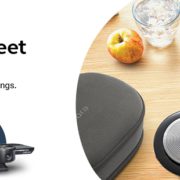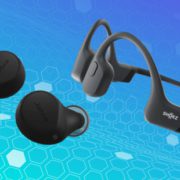My Favorite Home Office Technology – The evolution of our home office from March 2020 to November 2022
As we head into the 2022 Holiday Season, I wanted to share my favorite home office technology! But first, let’s rewind to March 2020. March 2020 was the first month for most office workers to start their work-from-home journey. Reminder at the time, it was only going to be temporary. My wife and I are empty-nesters, and I was fortunate to have a dedicated home office. My wife set up her workstation on our dining room table. We all know two weeks turned into months and months into years. We have made several changes to our work-from-home environments over that time.
As a Director of Human Resources, it became impractical for my wife to remain at the dining room table. She often deals with sensitive information and needs to keep it private. After two weeks, she purchased a small desk and moved into our guest bedroom. Over time, we replaced the bedroom furniture and carpet with proper office furniture and vinyl plank floors. We converted the guest bedroom into a real home office.
Many of the changes I made are not immediately visible or noticeable. I added a work table next to my desk to film unboxing videos, stage, and charge audio and video devices. I added shelves in my home office closet to hold the additional devices. I also made some changes to the equipment I use daily.

I need to have an optimal home office setup to support the way I work and can be the most productive. As the Sr. Director of Marketing and Emerging Technology, I spend a lot of time testing professional-grade audio and video devices. I film videos to help people make more informed purchasing decisions. I also do standard office stuff. I review and respond to emails, IMs, and texts, take and make voice calls, join many video meetings, and work with Word, Excel, PowerPoint, Google Docs, Sheets, and other applications. My wife and I started venturing back into society and traveling again this year, so I added some new family pictures and picture frames to my home office!
Before I share our favorite home office technology, here are some changes we made to our technology and equipment, starting with my wife.
- Upgraded old tower PC that required a physical network cable to a laptop that supports WiFi
- Upgraded from one flat 27-inch monitor to two 32-inch Samsung Curved monitors
- More display real estate improves productivity by allowing her to have multiple windows and applications open on each
- The Poly Savi 8220 Office headset was replaced by a JLab GoWork Wireless Headset (JLab products will be available via our sister company’s website)
- The JLab GoWork Wireless is portable and easier to transport between work locations
- The JLab GoWork Wireless does not require a USB dongle which is ideal since her laptop only has three
- The JLab GoWork Wireless does not support remote call control. She uses her mouse to answer, join, and end softphone and web-based meetings.
- The Logitech MK850 Multi-Device Wireless Keyboard & Mouse Combo was replaced by the newer Logitech MX Keys Combo for Business | Gen 2
- She added the Logitech Litra Glow Light
- The Litra Glow allows her to have the perfect lighting during video meetings
- · She replaced her Dell dock that did not power her laptop with one of her and my favorite pieces of technology! (Can you guess?)
Changes to technology I’ve made in my home office:

- My HP Spectre laptop began splitting and not working correctly, so I replaced it with a Samsung Galaxy Book Pro 360
- Upgraded from the Samsung 32-inch Curved LED Monitor to a Samsung 43-inch Super Ultra Wide Curved Monitor.
- Like my wife, a larger curved monitor’s added real estate improves my productivity and enhances my overall experience.
- I also upgraded from the Logitech MK850 Multi-Device Wireless Keyboard & Mouse Combo to the newer Logitech MX Keys Combo for Business | Gen 2
- I use the Logitech Litra Glow Light and a 3.5″ LED Ring Light with Stand and Phone Holder
- At the time I took a picture of my March 2020 home office setup, these are the audio and video devices shown:
Since March 2020, I have tested hundreds of devices. In addition to my favorite pieces of technology, here are some devices I’ve tried recently:
- JPL Vision Access Webcam (this almost made it to My Favorite Home Office Technology list. I use it to log in via Windows Hello Face when working from my home office)
- Yealink BH72 UC Bluetooth Headset
- Yealink WH62 Mono UC DECT Wireless Headset
- Logitech Brio 505 Webcam
- Jabra Engage 55 DECT Wireless Headset
- Neat Frame
- DTEN Me Pro
- EPOS EXPAND Vision 1 Webcam (video coming soon)
- Jabra Engage 50 II corded USB Headset (video coming soon)
- Jabra Engage 40 corded USB Headset (video coming soon)
- Yealink WH62 Dual Portable Teams DECT Wireless Headset (video coming soon)
My Favorite Home Office Technology

Over the past few years, our hiring practices have shifted. We now employ team members across multiple states and cities.
Logitech Brio
One of my wife’s favorite pieces of technology is her Logitech Brio webcam. She states the camera helps to make her look her best compared to other cameras. I have shared several webcams with her, and she continues to stick with the Logitech Brio.
Jabra PanaCast 20
The Jabra PanaCast 20 has become my favorite webcam for several reasons.
The video quality of the Jabra PanaCast 20 is excellent across all video platforms, including Microsoft Teams, Zoom, Google Meet, Webex, and more! Jabra Direct provides a Camera Controller that allows me to customize the experience. I can turn on Intelligent Zoom, so the camera focuses on whether I sit straight up or lay low in my chair. The Jabra PanCast 20 Picture-in-Picture feature is an excellent feature that allows me to share a close-up of a product. Hence, people see the details while keeping my face in the video for a more engaging experience. I use this feature frequently in our YouTube videos to show the decibel level readings while I test headset mics in loud environments.
Manufacturers need to make their devices portable to support the growing hybrid workforce. The Jabra PanaCast 20 included carry case is a welcomed addition. Initially, it doesn’t seem like a big deal until you have to pack up your gear to work in a different location. A designated carry case makes it easier to pack up the camera and cable and protect them.
I have tested several cameras, and the Jabra PanaCast 20 is my favorite webcam!
Logitech Logi Dock
The Logitech Logi Dock is our absolute favorite piece of home office technology! It is a game-changer and a must-have for anyone in a dedicated office space. There is no other device I have tested or am aware of that provides the features and functionality of the Logi Dock. TIME recently revealed its list of Best Inventions of 2022, featuring 200 extraordinary innovations changing our lives. The Logitech Logi Dock is listed as a winner in the productivity category.
Logi Dock – One Cable to Laptop
My wife really dislikes clutter and cables. Before the Logi Dock, disconnecting and reconnecting our laptops to head into the office was very cumbersome and inconvenient. My wife had to crawl on the floor to disconnect the power cable from the power strip, the USB-C cable from the dock, and one of her USB devices because her original dock did not have enough USB ports to support all her peripherals. I found myself in a similar situation, except I have power strips easily accessible on the top of my desk. When testing products, it was always a challenge because of the limited USB ports. I was constantly disconnecting and reconnecting USB peripherals and devices.
The Logi Dock has a single USB-C cable that will provide power and access to all the devices and peripherals you have connected to the dock. Disconnecting and reconnecting for hybrid work is a breeze with just one cable!
Logi Dock Ports
Monitor ports
Peripheral ports
- 2 x USB-A
- 1 x USB 3.1 Gen 1 (5Gbps) with 4.5W charging 9See support page for compatibility update
- 1 x USB 3.1 Gen 1 (5Gbps) with 7.5W fast charging
- 3 x USB-C
- 2 x USB 3.1 Gen 1 (5 Gbps) with 4.5W charging 10See support page for compatibility updates.
- 1 x USB 3.1 Gen 1 (5 Gbps) with 7.5W fast charging
- 1 x USB-C Upstream
Others
Logi Dock – Join Meetings with one touch
One of the top features and functions of the Logi Dock is the ability to join meetings with one touch and receive ambient light notifications when a meeting is about to start! Whenever you have any scheduled events or meetings coming up, the Logi Dock begins blinking to notify you of upcoming meetings visually! All you have to do is press the button directly on top of the Logi Dock to join Microsoft Teams, Zoom, and Google Meet meetings! (I have also been able to join Cisco Webex Meetings) To access this, you integrate your Office 365 or Google Calendar via Logi Tune. It was such a hassle before Logi Dock and Calendar Integration with Logi Tune. Now I can keep working until I see those purple lights start blinking!
Logi Dock – Mute Mic and Camera
Mute is your friend during video meetings, especially when several people are in the meeting. It’s courteous to mute yourself if you are not the one speaking or if there are distracting noises like dogs barking, lawnmowers, or loud people around you. Logi Dock has a lovely prominent mute button on the top you can press. It lights up red when muted to let you know. Sometimes it’s necessary to turn off your camera. The camera mute is especially beneficial when your camera doesn’t have a privacy shutter. While many webcams have attachable or integrated privacy shutters, the dedicated camera mute button on the Logi Dock is very convenient and less distracting than your fingers reaching up to the camera to close the shutter.
Logi Dock – Premium Speakerphone
I started using the Blue Mic Yeti to record audio for our YouTube videos, and I am now using the Logi Dock! Whether you are on a call, video meeting, or listening to music, the Logi Dock audio does not disappoint. It sounds good. Like really good. We often use a separate USB speakerphone in our home offices for listening to music or for those extended meetings or webinars, and now we use the Logi Dock.
Logi Dock – Certified and Compatible
Logi Dock is certified for Microsoft Teams, Google Meet, Google Voice, Zoom, and Tencent Meeting. It’s also compatible with common calling applications across most platforms and operating systems within your IT ecosystem. And because it’s simple for employees to set up, you can confidently deploy Logi Dock to your remote and hybrid workforce.
Logi Dock – Beyond the Home Office
Whether employees are in the office, at home, or somewhere else, Logitech Sync device management software helps everyone stay connected by letting you ensure their Logitech Business devices are healthy and up to date. In addition to Logitech Meeting Room Solutions, Logitech Sync supports Logitech Personal Collaboration Devices, including Logi Dock! See the complete list of supported devices for management here.
Logi Dock covers multiple bases
The Logi Dock is our dock, meeting control center, and premium speakerphone. It connects our laptop to our larger displays and USB peripherals, including our two other favorite home office pieces of technology, our webcams.
In summary
The work landscape changed forever on March 2020. My wife and I have transformed our home offices to support the way we work. While our roles are different, our need to communicate and collaborate is similar. We both join many video meetings across multiple platforms. The Jabra PanaCast 20 and Logitech Brio provide us with excellent video quality! The Logi Docks are an entirely new productivity device category that offers many great features, including premium, professional-grade audio!

My wife and I have invested much time and money into creating optimal workspaces in our home offices. The challenge we face is that the technology in our home offices is better than our corporate office. I suspect this is true for many and one of many reasons employers struggle to get employees back in the office.
We will probably get a dedicated Logi Dock for our corporate offices to have a consistent experience in our home and corporate locations.
What changes have you made to your home offices?
Contact us if you want to learn more about technology and devices for wherever you work! Call One, Inc. is a certified Woman-Owned business that has been helping people do their business better by simplifying access to communications and collaboration solutions for over 35 years!




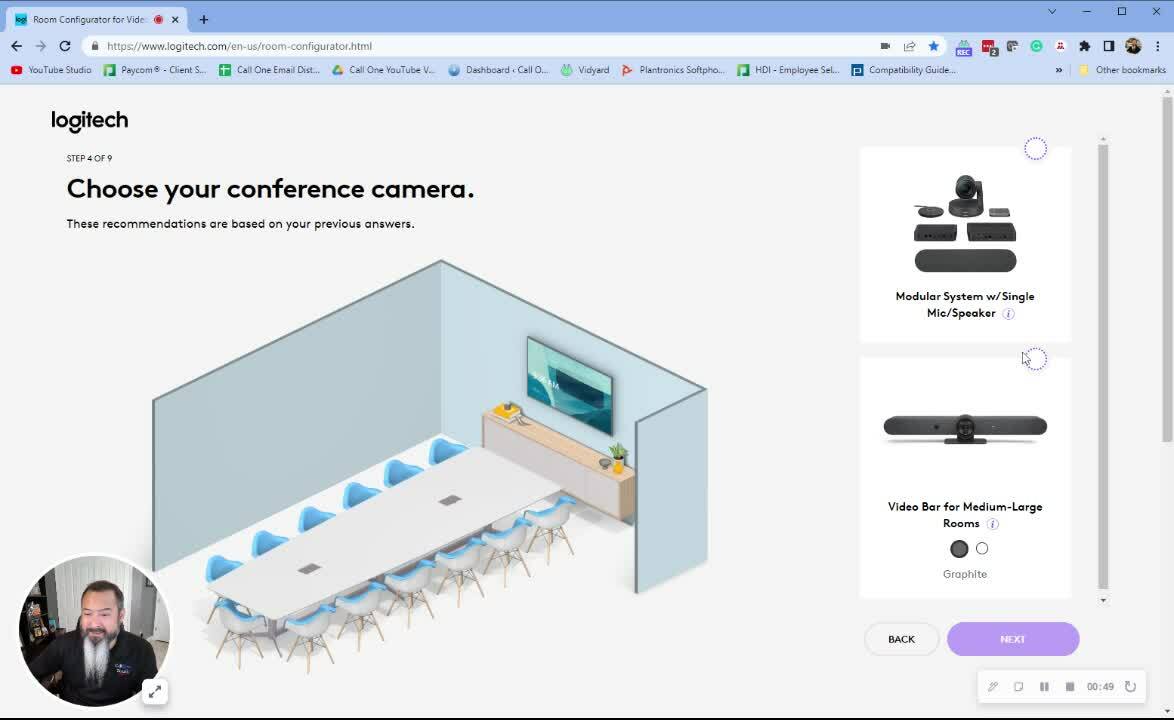

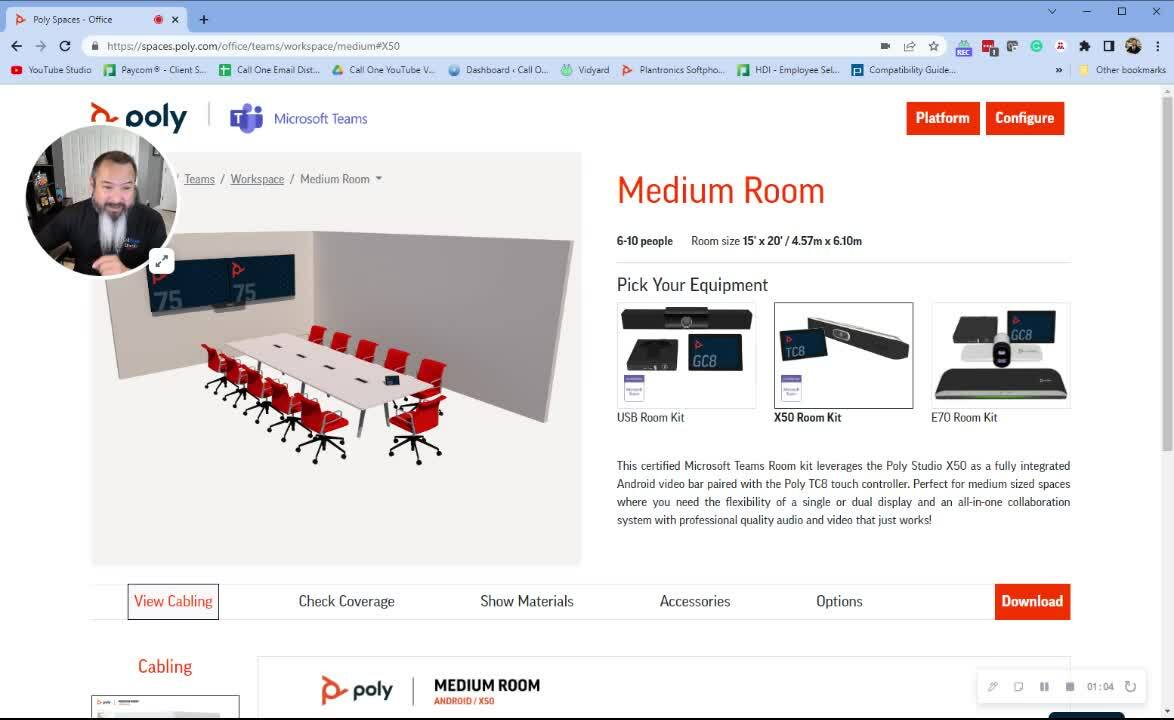


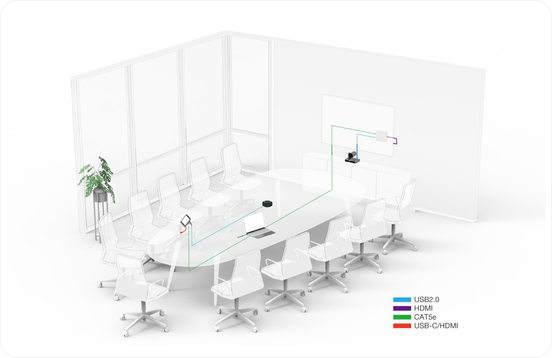
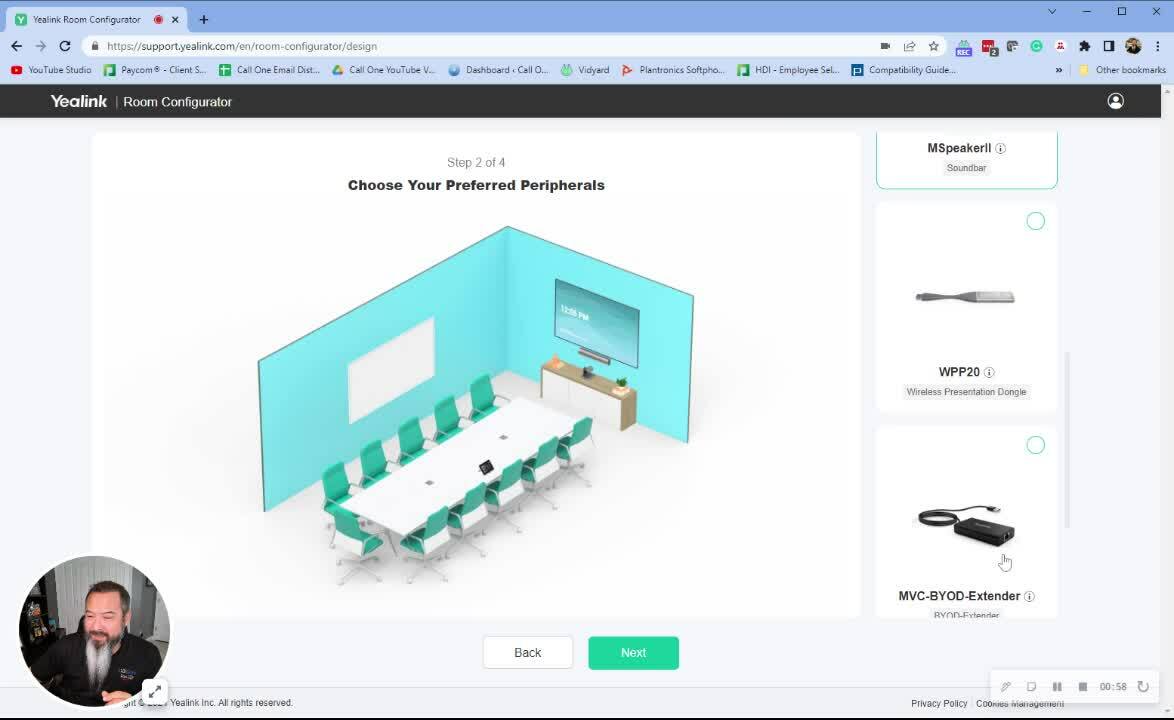


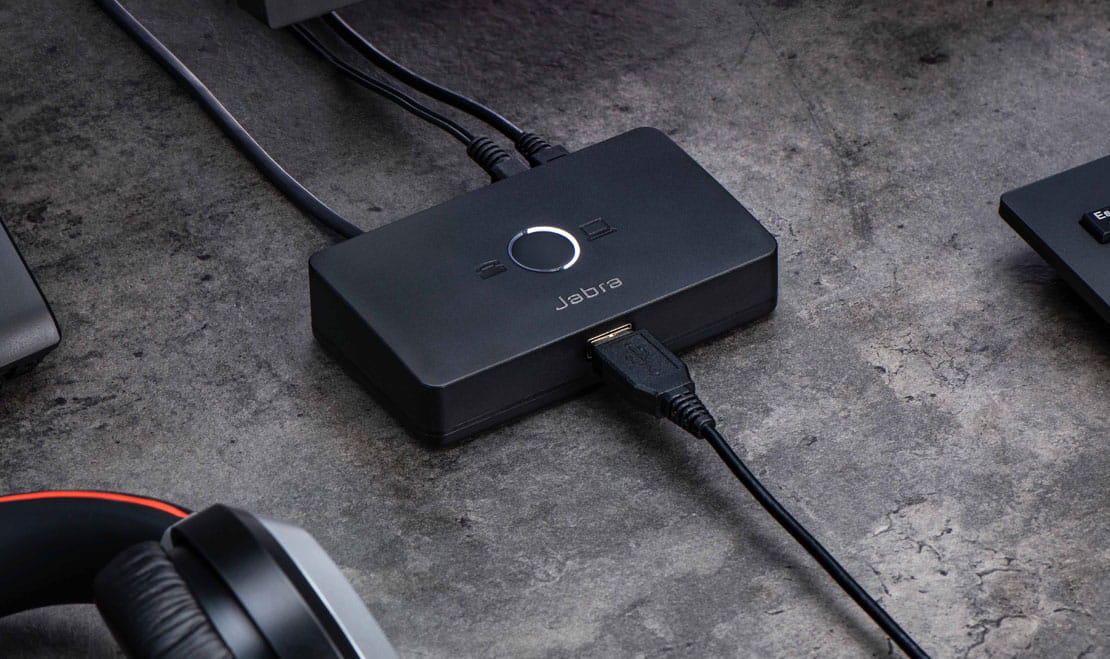
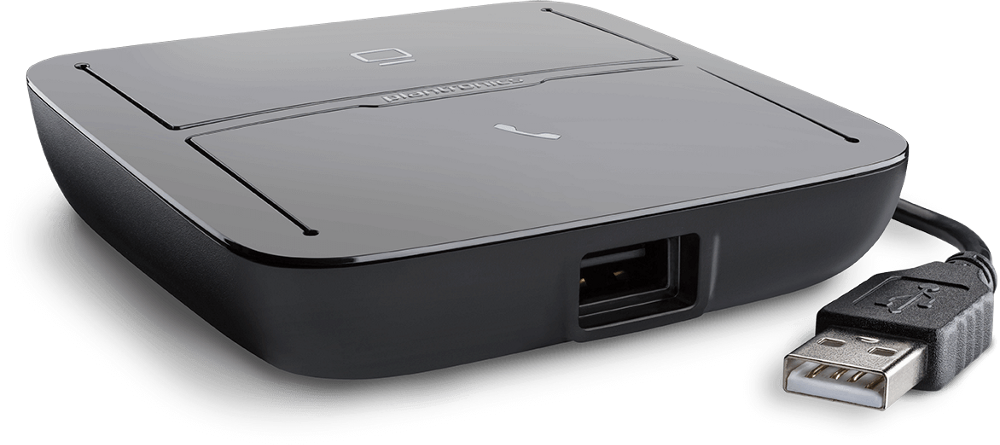


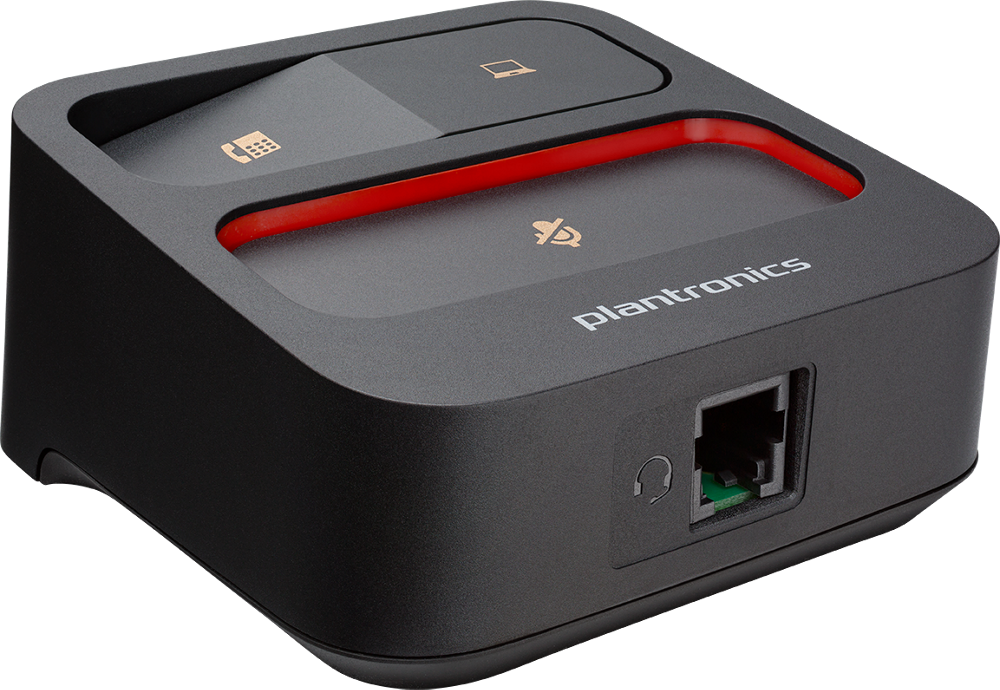
_media-1.jpg?resizeid=3&resizeh=1500&resizew=1500)
